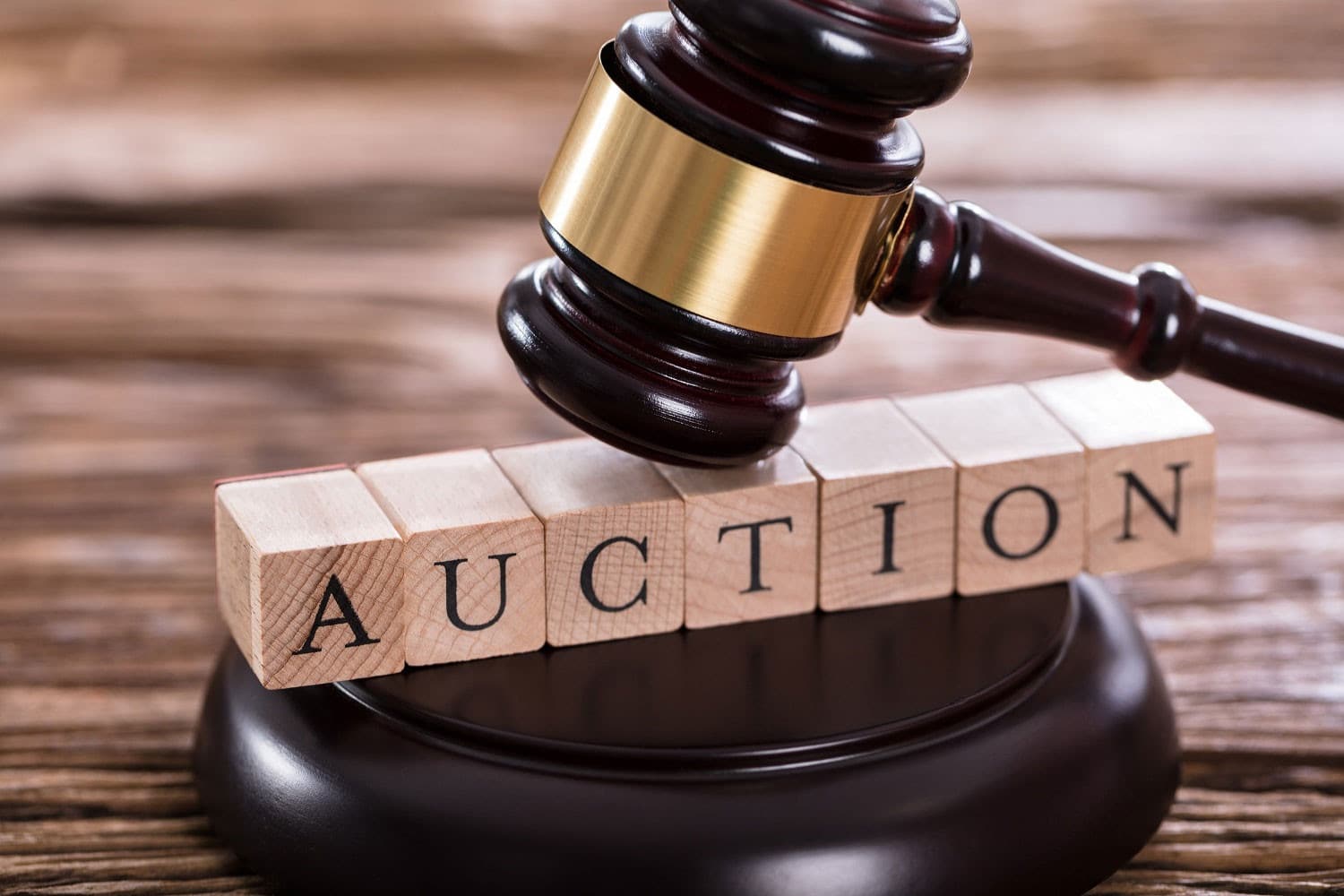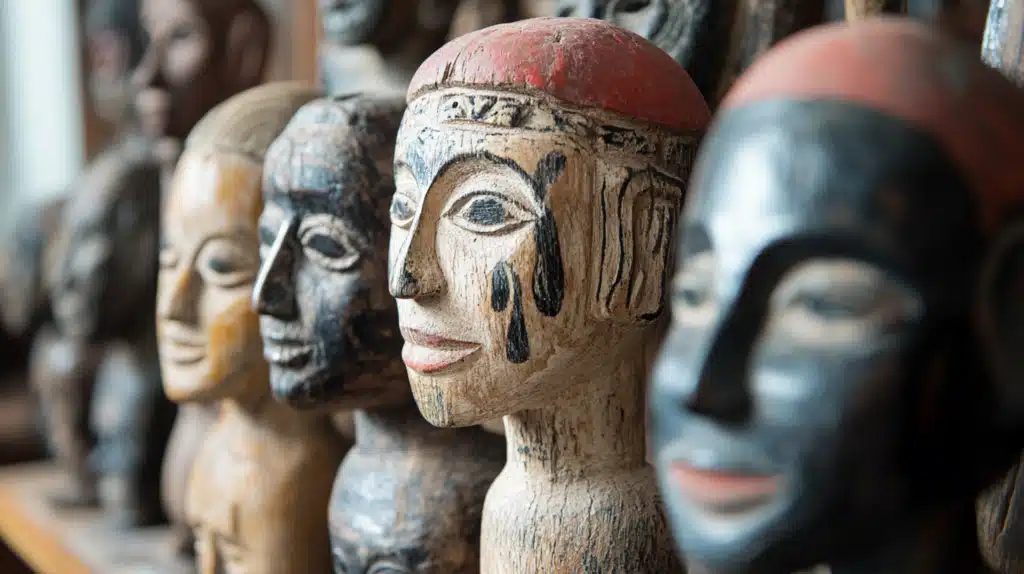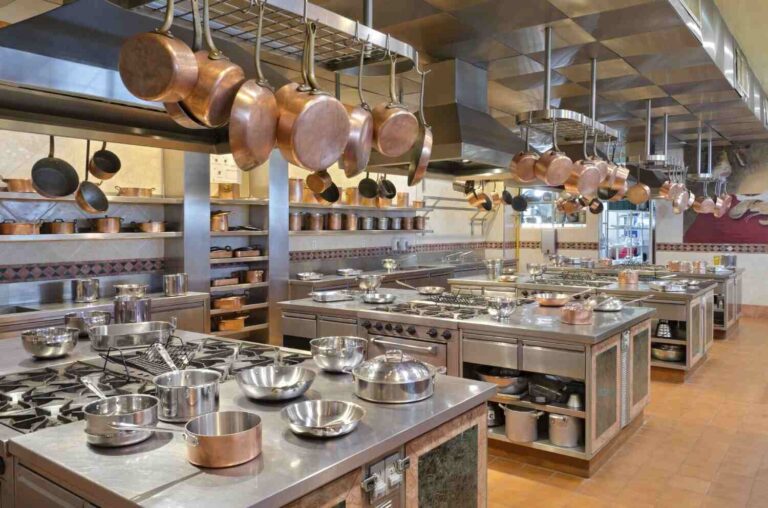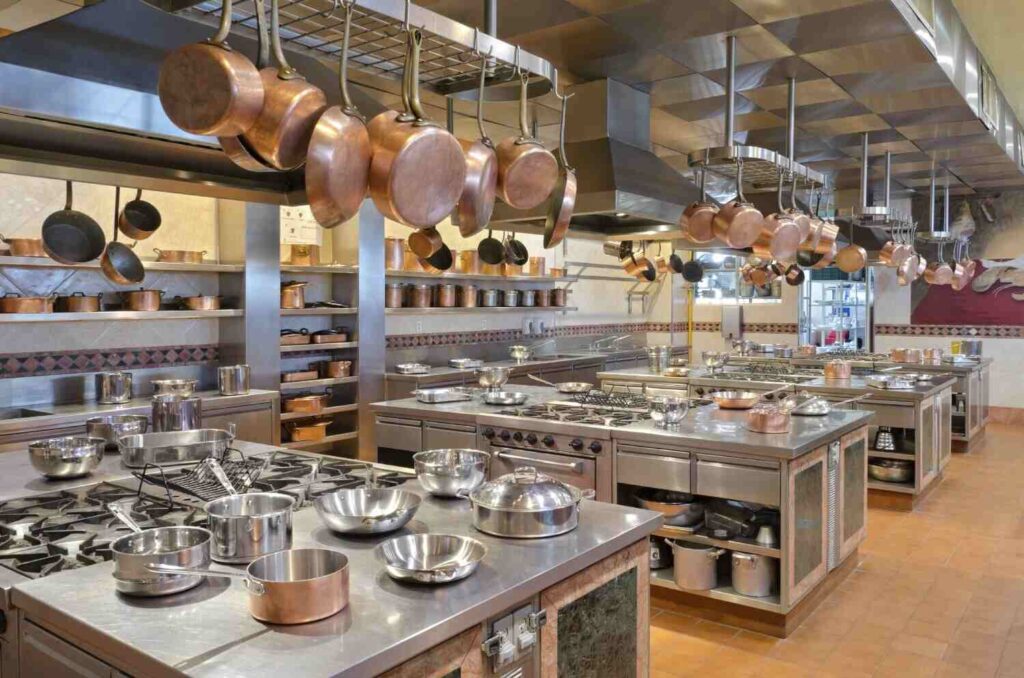Antique auctions provide an exciting opportunity for collectors and dealers to acquire rare and valuable items. These events often feature treasures, such as timeless furniture, rare paintings, or historical artifacts, that are unavailable through conventional retail channels.
While the thrill of bidding is part of the experience, it can lead to costly mistakes without proper preparation. Understanding the auction process, thoroughly researching items, and setting a clear budget are crucial steps to avoid overspending.
This guide offers practical advice provided by the antique dealers Westland London for both seasoned bidders and newcomers. By covering the auction process, effective bidding strategies, and tips for avoiding common pitfalls, it ensures you approach auctions with confidence. Whether you’re adding to your collection or seeking a profitable purchase, informed decisions will enhance your experience and success.
Understanding How Antique Auctions Work

Antique auctions follow a structured process designed to ensure transparency and fairness in bidding. Each item, or lot, is presented with a description, including its provenance, condition, and estimated value.
These lots are often displayed in an auction catalogue or previewed in person before the event, allowing bidders to inspect the items firsthand. When the auction begins, the auctioneer introduces each lot, and the bidding starts with an opening bid. Bidding increments—the minimum increase in the bid amount—are set by the auctioneer and can vary depending on the value of the item. As the bids escalate, the auctioneer’s pace increases, signaling that the sale is nearing its conclusion.
The final hammer price, the amount at which an item is sold, is determined when no further bids are placed, and the auctioneer brings down the gavel. It’s important to note that the hammer price is not the final amount the buyer will pay.
Auctions typically charge a buyer’s premium—a percentage added to the hammer price to cover administrative costs. Additionally, many items are sold in “as-is condition,” meaning they are not guaranteed for quality or authenticity, and no returns are accepted.
Researching Items Before the Auction
One of the most important steps in preparing for an antique auction is thorough research. Start by previewing the auction catalogue, which usually provides detailed descriptions, photographs, and estimated values for each lot. Reviewing this information ahead of time allows you to identify the pieces you’re interested in and begin researching their provenance, age, and condition. Attending viewings, where items are displayed in person, is an invaluable opportunity to inspect the quality and authenticity of each piece. During these viewings, you can check for any wear, damage, or restoration that might affect the item’s value.
Researching the provenance of an item—its ownership history—can also provide insight into its value. Pieces with notable provenance or those tied to renowned makers often command higher prices. Additionally, understanding the age and historical context of an item can help you determine its rarity and significance within the broader market. Pay attention to how similar items have performed at previous auctions to gauge their potential value.
Based on your research, it’s crucial to set a bidding limit that aligns with the item’s true value. This limit should consider not only the estimated price but also any applicable buyer’s premiums and additional costs.
Setting a Budget and Sticking to It
Establishing a clear budget before the auction begins is crucial to ensuring you stay within your financial limits and avoid overspending. Auctions are exciting events, and the competitive atmosphere can sometimes lead to emotional bidding, where the thrill of the moment clouds your judgment and pushes you to bid higher than intended. This can quickly turn a promising opportunity into a costly mistake.
To maintain discipline and stay on track, it’s important to set a maximum bid for each item you’re interested in, based on your research and the estimated value of the antique piece. Write down these maximum amounts before the auction starts, and refer to them if you’re tempted to bid higher. This will help you resist the temptation to get caught up in bidding wars, which often escalate prices unnecessarily.
In addition to setting individual limits for each item, consider your overall budget for the entire auction. Keep track of how much you’ve already spent and avoid going overboard as the auction progresses. By sticking to your budget, you’ll protect yourself from making impulsive purchases that can lead to financial regret.
Recognizing Key Auction Signals
Understanding the auctioneer’s cues is crucial to succeeding in a fast-paced auction environment. The auctioneer’s body language, tone of voice, and pace of bidding can provide valuable insights into how the auction is unfolding and how much competition you may face for a particular item. For instance, a sudden increase in the auctioneer’s energy or the speed at which they call out bids can signal heightened competition, which may require you to adjust your strategy.
Auctioneers often use subtle hand gestures or nods to acknowledge bids, while their posture can indicate whether bidding is slowing down or heating up. If the auctioneer’s body language becomes more dynamic, it’s often a sign that the bidding is nearing its climax, and you’ll need to act quickly to secure the item. Conversely, a more measured approach might indicate that bidding is still open for a while, giving you time to observe and assess the situation.
Understanding these signals also helps you gauge how other bidders are reacting. If the bidding pace starts to increase rapidly, it’s a sign that competition is intensifying. Recognizing this allows you to make a more informed decision on when to place your bid strategically—whether to enter early, hold back, or wait for a final push as the auction nears its end.
Bidding Strategies for Success

Successful bidding at an antique auction requires a blend of strategy, patience, and discipline. One common approach is entering the auction early. By placing a bid early in the process, you can potentially signal your interest and establish a presence. However, this approach may also invite competition as other bidders might be encouraged to join in. Waiting until the end, on the other hand, allows you to observe the dynamics and gauge the competition, making it easier to decide if you want to enter or escalate your bid. The downside of this strategy is that you may risk being outbid before having a chance to make your move.
Absentee or online bidding offers convenience but may lack the immediacy and personal connection of bidding in person. While these methods can help you secure items without attending the auction, they also present risks—like misjudging the atmosphere or missing key bidding signals.
In-person bidding allows for better timing and the ability to read the room, enhancing your ability to make informed decisions. However, the fast pace of live auctions can sometimes lead to hasty decisions.
Regardless of the method, remaining calm and confident is crucial. Emotional bidding often leads to overspending. Setting a budget, being patient, and knowing when to stop will improve your chances of securing the item at the best price without overextending yourself.
Avoiding Common Pitfalls at Auctions
Bidding at an antique auction can be thrilling, but it’s easy to make costly mistakes if you’re not vigilant. One common pitfall is failing to thoroughly read the terms and conditions of the auction. Auction houses may have different rules, including specific conditions for bidding, payment terms, or how disputes are handled. Skipping this step could lead to surprises that affect your experience or financial obligations.
Another mistake many bidders make is overlooking hidden fees, such as the buyer’s premium. This is an additional percentage on top of the hammer price, which can significantly increase the final cost of an item. Always factor this into your budget calculations to avoid surprises.
It’s also crucial to understand that items are often sold “as-is,” meaning they may have imperfections or defects that aren’t immediately apparent. Failing to inspect the items carefully or to ask questions about their condition could lead to purchasing something that doesn’t meet your expectations.
Auction excitement can sometimes cloud judgment, leading to the misjudgment of an item’s true value. It’s easy to get swept up in the bidding frenzy and lose sight of your budget. To avoid this, always do your research and set a firm bidding limit beforehand. Knowing when to stop and resisting the pressure to outbid others can prevent you from overpaying.
Building Relationships with Auctioneers and Dealers
Networking with auctioneers, dealers, and fellow bidders can offer significant advantages, helping you gain insights and access to exclusive opportunities. By building rapport with these professionals, you can enhance your auction experience and even uncover hidden gems before they hit the main event.
Auctioneers and dealers are often knowledgeable about upcoming lots, providing valuable context or background information that isn’t readily available in the auction catalog. Establishing a strong relationship can help you gain early tips on rare or sought-after items, giving you a competitive edge.
Furthermore, developing trust with auctioneers can lead to personalized advice on bidding strategies, such as when to bid aggressively and when to hold back. This is particularly helpful for newcomers who may feel overwhelmed by the fast-paced environment of the auction room. Building trust also opens doors to potential private sales or advance access to estate collections that are not publicly listed.
Key Takeaways
Confident bidding at antique auctions requires preparation and strategy. Understand the auction process, research item value and condition, and set a firm budget to avoid emotional bidding. Build relationships with auctioneers and dealers for insights, and use strategic tactics to secure desired items while avoiding common pitfalls.


















